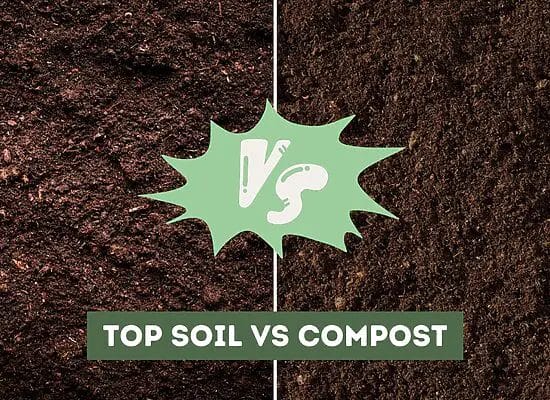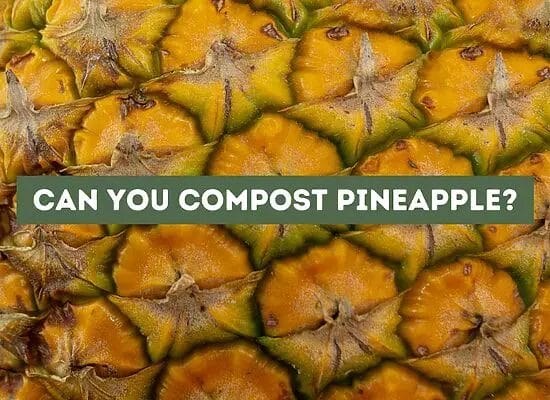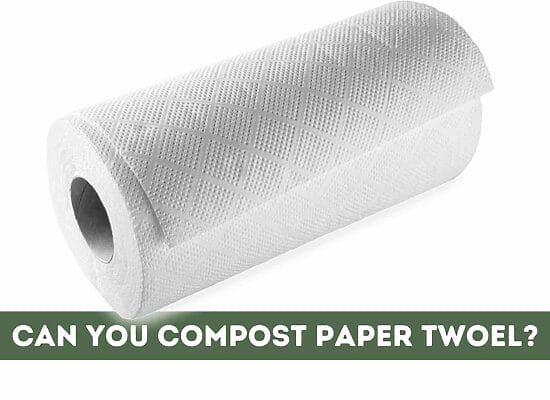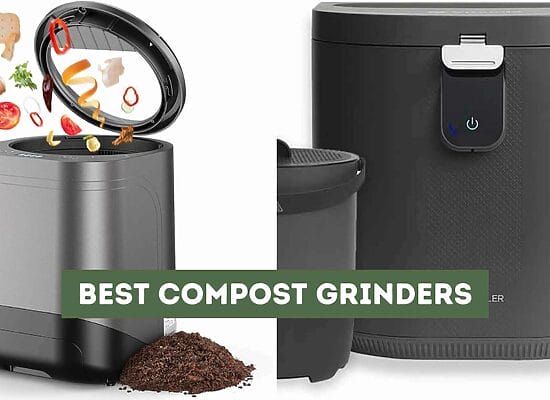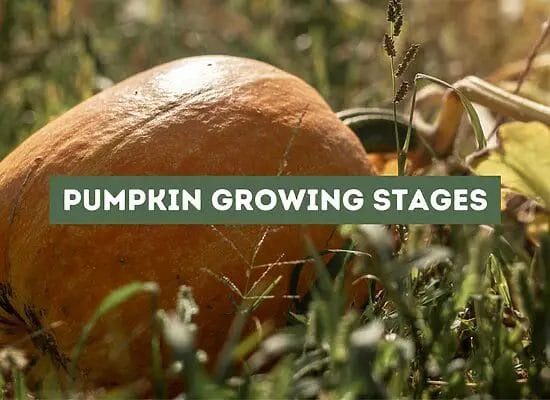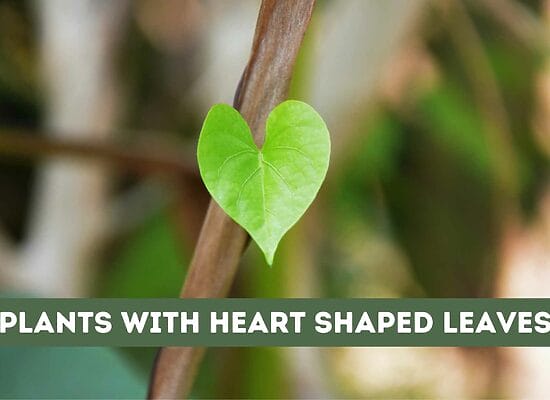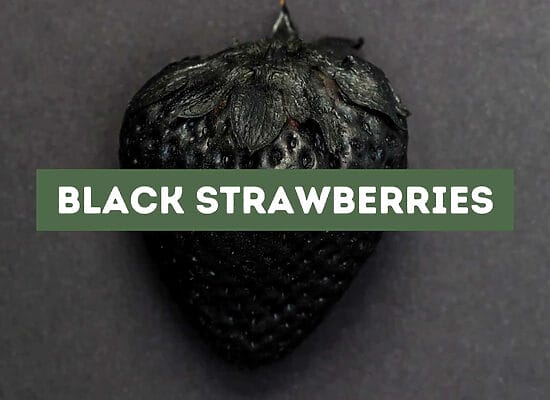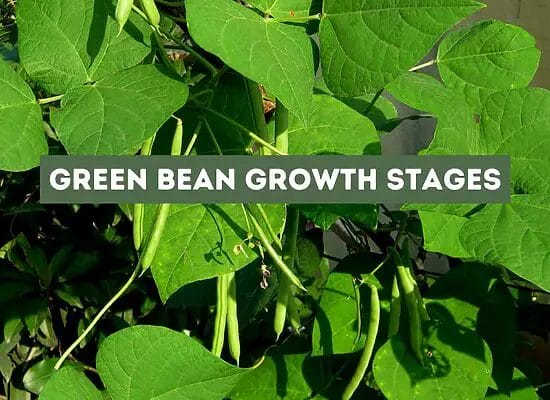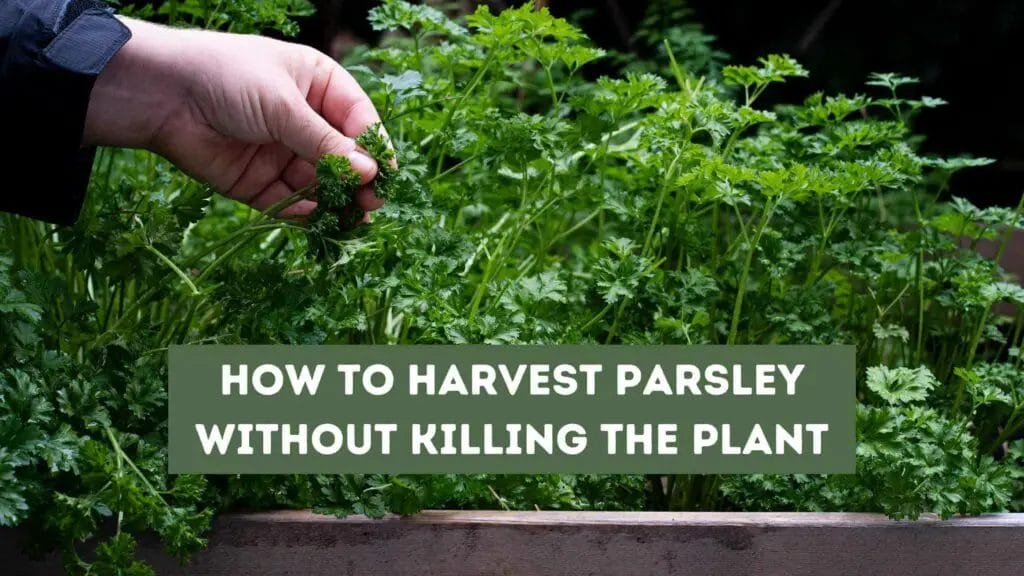
If you’re looking to add some fresh parsley to your dishes, you might be wondering how to harvest it without killing the plant. Parsley is a popular herb that can be easily grown in your garden or even indoors. However, if you don’t know how to harvest it, you could end up damaging or even killing the plant.
Luckily, with a few simple tips, you can harvest parsley without harming the plant. By cutting sprigs of parsley from the outer portion of the plant and cutting the parsley stalks from the base of the stem near the soil, you can keep the plant healthy and encourage further growth. Additionally, avoiding cutting too much of the plant and using clean scissors or shears can also help the plant to continue to flourish.
Whether you’re a seasoned gardener or a beginner, learning how to harvest parsley without killing the plant is an essential skill to have. In this article, we’ll provide you with some helpful hints and tips to ensure that you can enjoy fresh parsley in your dishes while keeping your plant healthy and thriving. So, let’s get started!
Key takeaways:
- Importance of Proper Harvesting: Learning how to harvest parsley without harming the plant is crucial for both experienced gardeners and beginners.
- Parsley Varieties: There are two main types of parsley: curly leaf parsley and flat leaf parsley (Italian parsley), each with distinct flavors suited for various dishes.
- Parsley Description: Parsley is an annual plant with bright green leaves divided into three sections, growing up to 30 cm tall. Proper harvesting is essential to prevent damage.
- Harvesting Tips: Harvest parsley in the morning when the leaves are freshest. Wait until the plant is mature (around 70-90 days after planting), look for stems with three segments, and start by picking outer leaves.
- Avoid Overharvesting: To encourage continued growth, avoid harvesting too much parsley at once. Only take about a third of the plant to ensure it thrives.
- Harvesting Process: Use sharp scissors or pruning shears to cut the stems about an inch above the base of the plant. Leave the base intact to promote new growth. Prune woody inner stems to maintain plant health.
- Proper Storage: After harvesting, properly store parsley for freshness. Store in the refrigerator with damp paper towels and plastic bags, dry and store in an airtight container, or freeze chopped parsley in water-filled ice cube trays.
Understanding Parsley
Parsley is a popular herb that is widely used in many dishes around the world. It is a biennial plant that is native to the Mediterranean region. There are two main types of parsley: curly leaf parsley and flat leaf parsley, also known as Italian parsley. Both types have their unique flavor and can be used in a variety of dishes.
Curly leaf parsley has a more mild and slightly bitter taste than flat leaf parsley. It is often used as a garnish due to its attractive appearance. Flat leaf parsley has a stronger and more robust flavor than curly leaf parsley. It is often used in Mediterranean cuisine, especially in dishes such as tabbouleh and gremolata.
Parsley is an annual plant that grows up to 30 cm tall. It has bright green leaves that are divided into three sections. The leaves can be harvested throughout the growing season, but it is important to harvest them properly to avoid damaging the plant.
To harvest parsley, use sharp, clean kitchen shears or scissors to make a clean cut on the outer stems. It is important to leave inner stems and leaves intact to keep the plant growing. Timing and frequency are also important when harvesting parsley to ensure that the plant continues to grow and thrive.
The Right Time to Harvest Parsley
When it comes to harvesting parsley, timing is key. You want to make sure that you harvest your parsley at the right time to ensure the best flavor and yield. Here are some tips on when to harvest parsley:
- Harvest in the morning: The best time to harvest parsley is in the morning. This is when the leaves are the freshest and have the most flavor.
- Wait until the plant is mature: It’s important to wait until the parsley plant is mature before you start harvesting. This is typically around 70-90 days after planting.
- Look for three segments: When you’re ready to harvest, look for stems with three segments. This is a good rule of thumb to follow to ensure that the parsley is mature enough to harvest.
- Harvest from the outside in: When you’re ready to harvest, start by picking the outer leaves first. This will encourage the plant to continue growing and producing more leaves.
- Don’t harvest too much: Be careful not to harvest too much parsley at once. You should only take about a third of the plant at a time to ensure that it continues to grow and produce.
How to Harvest Parsley
Parsley is a versatile herb that can be used in a variety of dishes, from soups to salads. Harvesting parsley is a simple process, but it is important to do it correctly to avoid damaging the plant. Here are some steps to follow when harvesting parsley:
- Choose the right time to harvest: Parsley can be harvested at any time, but it is best to wait until the plant has at least three segments on its leaf stems. This will ensure that the plant has enough leaves to continue growing.
- Pick the parsley leaves: When picking the leaves, use a pair of sharp scissors or pruning shears to cut the stem about an inch above the base of the plant. Make sure to only pick the outer leaves, leaving the inner stems and leaves intact.
- Leave the base intact: When harvesting parsley, it is important to leave the base of the plant intact. This will allow the plant to continue growing and producing new leaves.
- Use the right tool: When harvesting parsley, it is important to use the right tool. A pair of sharp scissors or pruning shears will make the process easier and help prevent damage to the plant.
- Prune the inner stems: Over time, the inner stems of the parsley plant can become woody and tough. To keep the plant healthy, it is important to prune these stems regularly.
Pro Tip: To keep parsley fresh for longer, store it in a plastic bag in the refrigerator. This will help prevent wilting and keep the leaves fresh for up to a week.
Storing Harvested Parsley
After harvesting your parsley, it is important to store it correctly to ensure it stays fresh for as long as possible. Here are some tips on how to store your freshly harvested parsley:
- Refrigerator: If you plan to use your parsley within a few days, you can store it in the refrigerator. First, rinse the parsley and pat it dry with a paper towel. Then, wrap the parsley loosely in a damp paper towel and place it in a plastic bag. Make sure to leave the bag open to allow for air circulation. Store the bag in the coldest part of your refrigerator.
- Drying: Drying parsley is another way to store it for later use. To dry parsley, tie a bunch of stems together and hang them upside down in a warm, dry place, such as a pantry or closet. Once the parsley is completely dry, remove the leaves from the stems and store them in an airtight container.
- Freezing: Freezing parsley is a great option if you want to store it for an extended period of time. First, rinse the parsley and pat it dry with a paper towel. Then, chop the parsley and place it in an ice cube tray. Fill the tray with water and freeze. Once the cubes are frozen, remove them from the tray and store them in a freezer-safe container.
- Storing: If you have a large amount of parsley, you can store it in a plastic bag in the refrigerator. First, rinse the parsley and pat it dry with a paper towel. Then, place the parsley in a plastic bag and seal it. Make sure to remove as much air as possible from the bag. Store the bag in the coldest part of your refrigerator.
- Cool: Parsley should always be stored in a cool place. Avoid storing it in direct sunlight or near a heat source, as this can cause the parsley to wilt and spoil.
FAQ: Harvest Parsley Without Killing the Plant
What is the best time to harvest parsley?
The best time to harvest parsley is in the morning when the leaves are still cool and have not been exposed to the sun. This is because the essential oils in the leaves are at their highest concentration in the morning, which means that you’ll get the most flavor and aroma from your parsley if you harvest it early in the day.
How do you harvest parsley without damaging the plant?
To harvest parsley without damaging the plant, you should use a sharp pair of scissors or a knife to cut the stems about an inch from the soil. Be sure not to pull the plant, as this can damage the roots and prevent the parsley from growing back. It’s also important to leave enough stem so that the plant can continue to grow. A good rule of thumb is to not pick more than 1/3 of the parsley plant.
How do you dry parsley after harvesting?
To dry parsley after harvesting, you can tie the stems together and hang them upside down in a dry, well-ventilated area. Alternatively, you can spread the leaves out on a baking sheet and dry them in the oven at a low temperature. Once the parsley is dry, you can store it in an airtight container for later use.
Can you harvest parsley multiple times?
Yes, you can harvest parsley multiple times throughout the growing season. In fact, harvesting parsley regularly can help to encourage new growth and keep the plant healthy. Just be sure to leave enough stem and foliage so that the plant can continue to grow and produce new leaves.
What is the best way to store harvested parsley?
The best way to store harvested parsley is to wrap it in a damp paper towel and place it in a plastic bag in the refrigerator. This will help to keep the parsley fresh for up to a week. Alternatively, you can freeze parsley by chopping it up and placing it in ice cube trays with a little bit of water. Once frozen, you can transfer the parsley cubes to a freezer bag for long-term storage.
How do you harvest Italian parsley?
To harvest Italian parsley, you can follow the same steps as regular parsley. Italian parsley has a slightly stronger flavor than curly parsley and is often used in Mediterranean and Middle Eastern cuisine. When harvesting Italian parsley, be sure to use a sharp knife or scissors and leave enough stem and foliage for the plant to continue growing.


